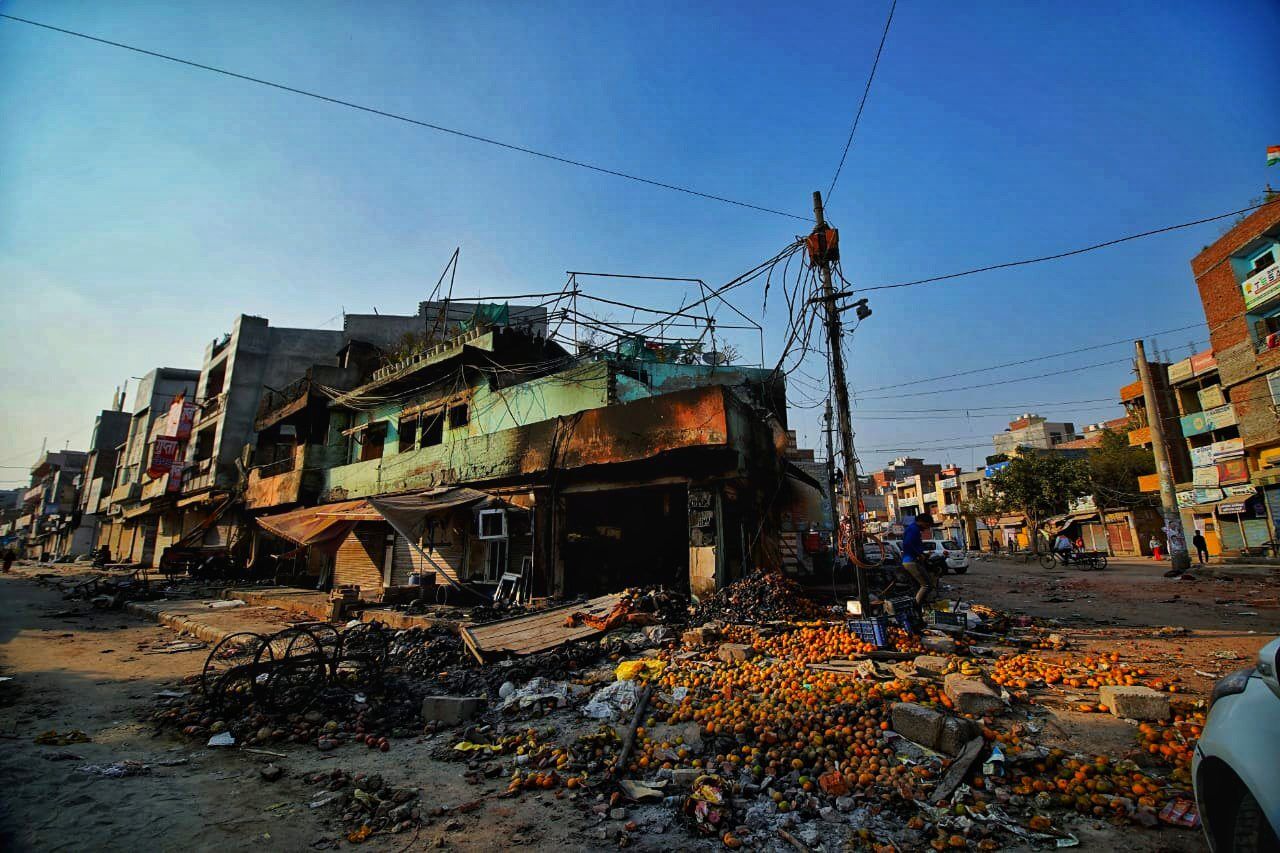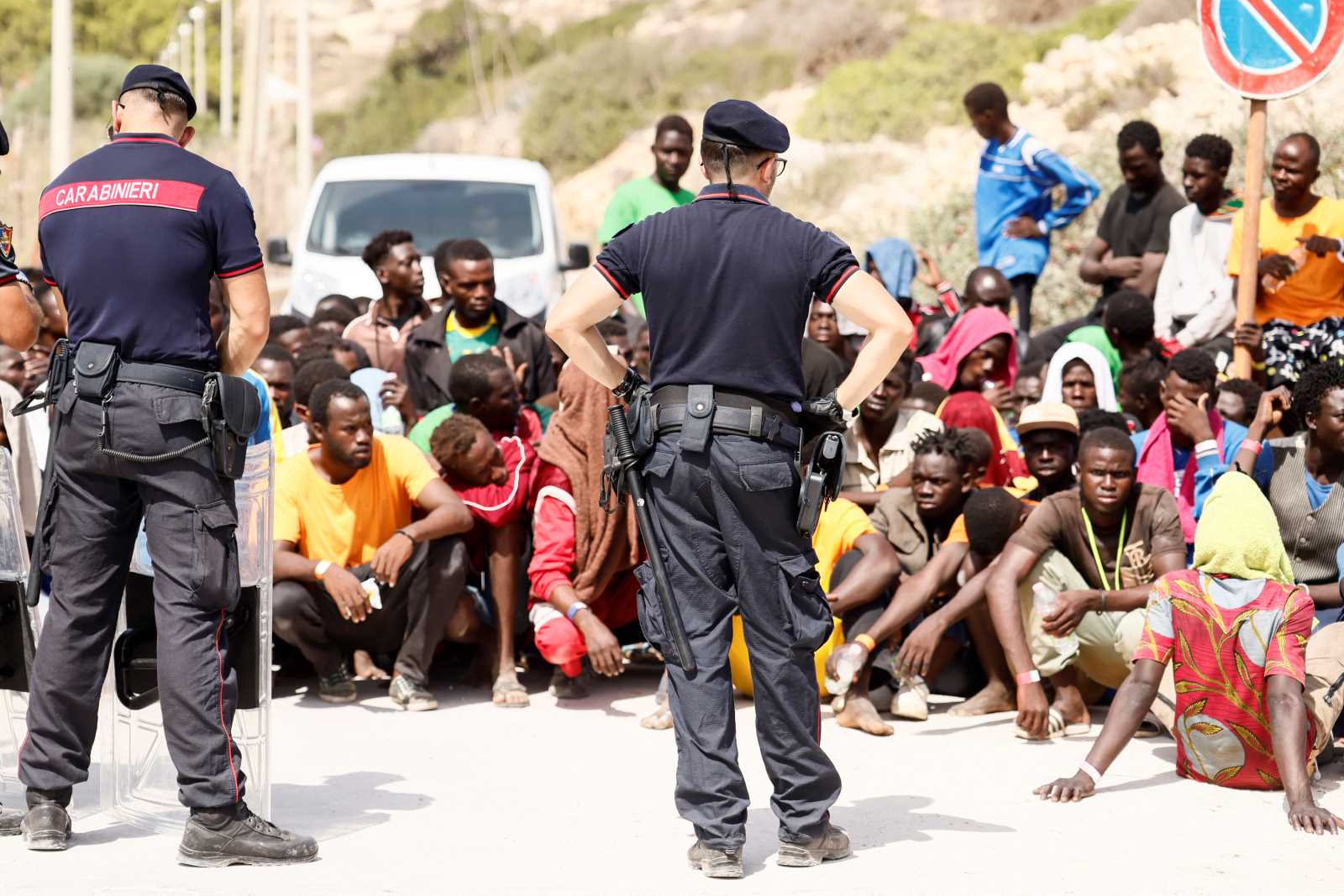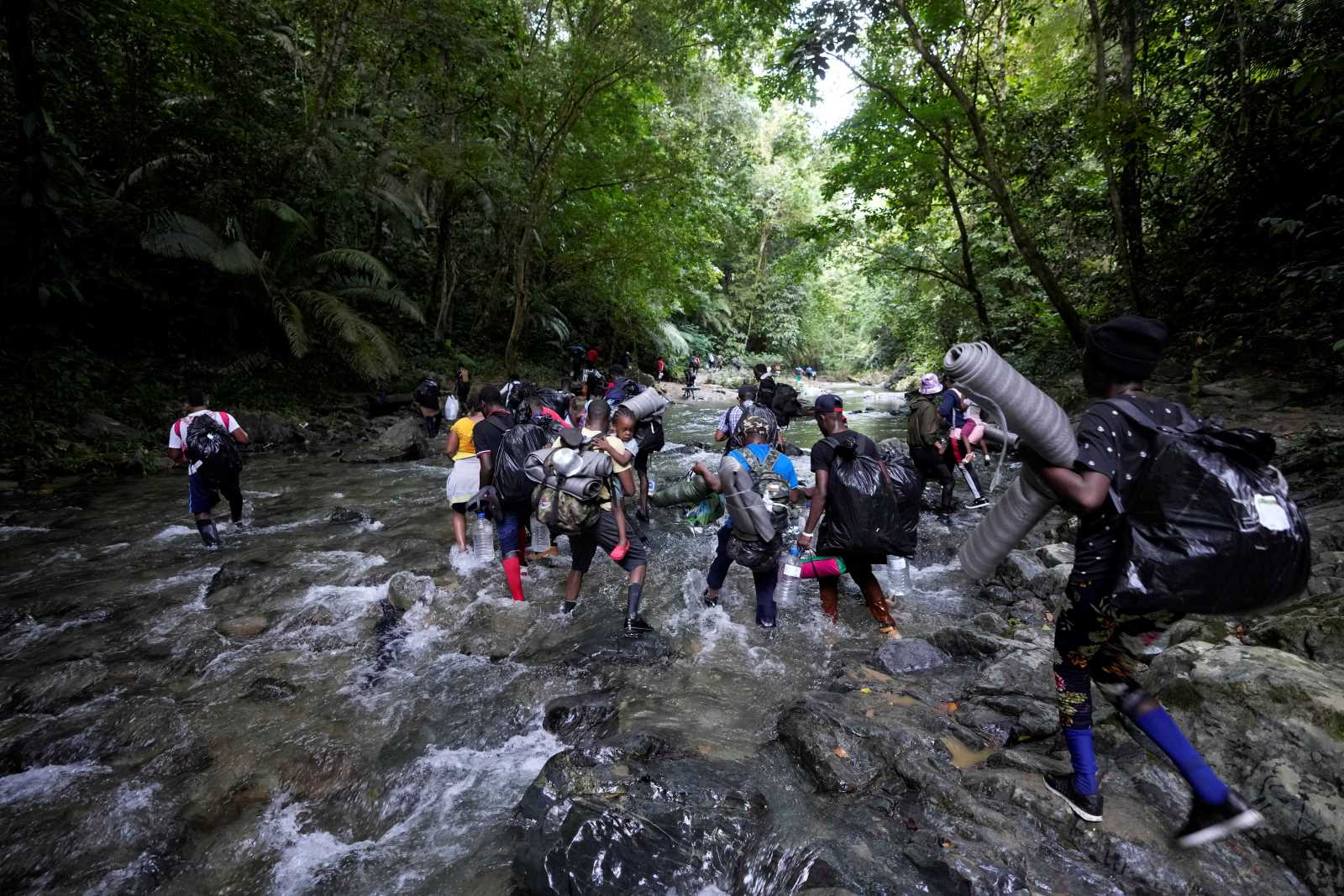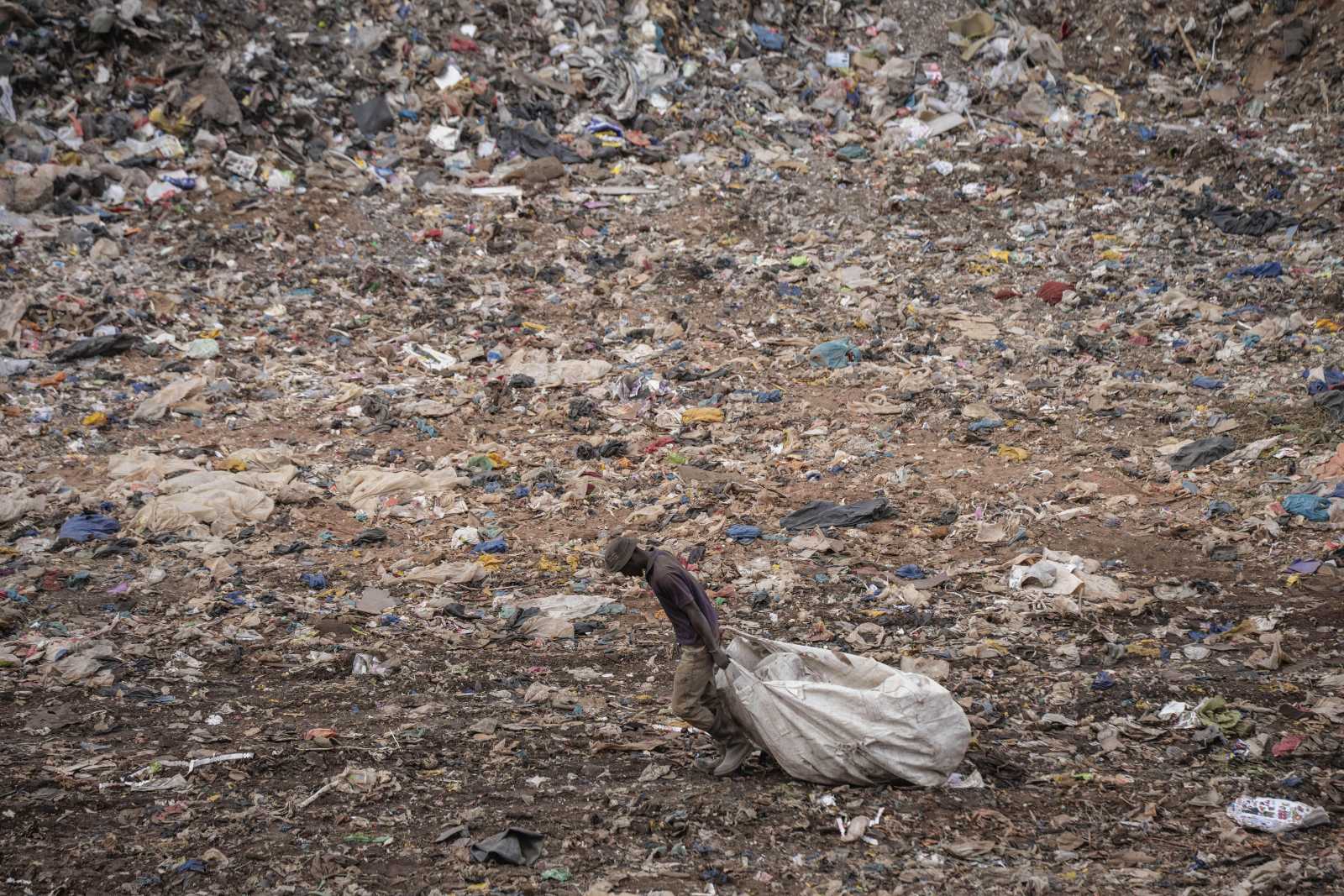International cooperation
How India’s global influence could develop

Significant geopolitical power shifts are shaping the current world order. Parts of the so-called global south are questioning the values and leading role of the west. The influence and political demands of ambitious emerging economies have increased dramatically. China has become a serious challenge to the global pre-eminence of the USA. Thanks to its size, history and sustained economic growth, India is also on its way to becoming an important pole in this new world (dis)order. Evidence of this can be found in the ambitious agenda of India’s 2023 G20 presidency, with its explicit commitment to being a mouthpiece for the global south.
In light of these developments, in September 2023 a GIZ expert discussion was organised, with two renowned Indian experts as well as GIZ employees from India, Germany and sub-Saharan Africa. A specific method called “Strategic Foresight” was applied – a systematic, multidisciplinary analysis of medium to long-term developments under conditions of uncertainty. Central to this method is the requirement to think in terms of alternatives and to anticipate the scope of possible developments at an early stage.
The conversation focused on two questions: how could India’s global influence develop over the next ten years? And what would various future scenarios mean for international cooperation?
Based on this discussion, interviews and extensive literature research, the authors created four scenarios (abridged here). Key factors are India’s socio-economic and political development as well as its foreign-policy approach. Even though the scenarios specifically address India’s changing role in the world, the authors believe that they are also valuable for the general discourse about the growing influence of the global south.
Scenario 1: Back to square one
In 2033, India’s economic growth is weakening, digital progress has come to a halt and the green transformation is threatening to fail. The people’s unfulfilled development expectations are stoking social tensions in the country. Politically, India is wrestling with the legacy of 15 years of rule by the Hindu-nationalist Bharatiya Janata Party (BJP). The new government is orienting itself more strongly towards the west in the hope of emerging from the economic crisis.
India – in absolute numbers still an economic giant – has to concentrate on domestic issues and set less ambitious foreign policy targets due to its more limited funds. Because of the challenges it faces in its own country, India’s global influence has fallen far behind China’s. China is also confronting India militarily in the Himalayas. India has significantly reduced its development assistance and is itself once again receiving more funds to fight poverty.
Scenario 2: Global power and Vishvaguru
India’s difficult socio-economic transformation bears fruit in the early 2030s. Investment in the country’s (digital) infrastructure, along with ambitious social programmes, provide a moderate degree of prosperity to most people. India cooperates closely with Australia, Japan and the USA on security and has become an effective counterweight to China, which is also increasing tensions between the two countries.
India is growing its development funds and focusing on Southeast Asia and South Asia in order to actively counter China. Moreover, it is pursuing strong partnerships with African states, where it can use the Indian diaspora as leverage. India is effectively employing its soft power – Bollywood, cuisine, yoga and Indian philosophy – all over the world in line with the political idea of Vishvaguru (India as the “teacher of the world”). It is also successfully building bridges between industrialised countries and the global south and actively promoting triangular cooperation – development projects that are planned, financed and implemented by a recipient developing country, a main partner (India) and a supporting partner.
Scenario 3: Bharat in an authoritarian impasse
Existing inequalities have sharply increased by 2033 – both between federal states and within the population. Social tensions are worsening and frequently erupt along ethnic or religious divisions. The BJP, which has now governed for almost twenty years, has transformed the federal state structure and constitution into a Hindu-nationalist republic, thereby contributing to the decline in social cohesion.
In terms of foreign policy, India, which now calls itself Bharat – a Sanskrit term mainly used by Hindus – wants to live up to its claim of being a regional power with global ambitions. In reality, however, these ambitions often fail due to the country’s limited funds for diplomacy, security and international cooperation. In order to exert international influence, India operates above all in the context of the BRICS+, which have now grown to over 30 states. Yet its opportunities are sharply curtailed by China, which has transformed the BRICS+ into an anti-western club under Chinese leadership. India concentrates its development funds on a few prestige projects in sub-Saharan Africa and the Middle East.
Scenario 4: Focus on growth and India First
In 2033, India’s economy is following an authoritarian development model and achieving impressive growth. The green and just transformation has largely fallen by the wayside. The digital transformation is being driven by the state, which is increasingly using it to monitor citizens. Now the third largest economy in the world, India is a confident international actor with significant influence. It is distancing itself from the declining west, which never adequately engaged with India’s interests and values.
China and India have reconciled for the time being and are mutually profiting from trade. Thanks to the paralysis of the UN and G20, the BRICS+ are now the decisive player on the international stage. India’s rhetoric is becoming increasingly aggressive towards neighbouring Pakistan, and the security situation in the border region Jammu and Kashmir is declining. In terms of development policy, India largely acts in its national interest and is securing, for example, rare commodities in sub-Saharan Africa as well as important supply chains in South and Southeast Asia.
Strategic implications for international cooperation
As the four scenarios show, India’s international role in the next ten years will be shaped in particular by its domestic development, relationship to China and the west, and the orientation of the BRICS+.
These factors will further change the requirements for cooperating with India. The following trends, already observable today, will likely intensify in coming years:
- In future, India will position itself even more confidently as a global partner with its own ideas, approaches and demands. Therefore, it will be more important than ever to coordinate mutual interests when engaging in development and international cooperation with India. Doing so will require the corresponding time and resources to build consensus.
- Attractive, state-of-the-art service offerings are necessary for cooperation with India. Traditional development-policy issues will likely lose importance over time and be replaced by cooperation on large transformations like the energy transition, urban development and mobility, digitalisation, environmental protection and climate change.
- Indian partners expect a high degree of technical and intercultural expertise and practical experience from employees of international organisations. These expectations are likely to increase.
- India’s interest in triangular cooperation and playing a mediating role in the global south will probably increase, too. At the moment, many factors seem to indicate that India is becoming more and more interested in triangular cooperation with African states. One very promising topic is food security, including agro-economic approaches. India’s digital development ought to be of interest to other regions as well.
A major player
With more than 1.4 billion people, India is the most populous country in the world and is now the fifth-largest economy. The per-capita income is around $ 2400, so the World Bank still classifies India as a lower middle-income country. In the Human Development Report by the UN Development Programme (UNDP), India ranks 134th out of 193, which puts the country in the medium human-development category. The socio-economic differences between states are enormous. Moreover, India is an exceptionally diverse country, with hundreds of ethnicities, 23 official languages and about 200 million Muslims in an 80 % Hindu-majority society.
The political system is characterised by a federal structure with states that have considerable self-governing power. Since 2014, Narendra Modi of the Bharatiya Janata Party (BJP) has been prime minister. During his tenure, a number of political measures have been implemented that modernised the country and promoted growth. At the same time, the BJP under Modi is attempting to transform India from a secular, multicultural nation into an increasingly authoritarian Hindu-majority state.
India’s foreign policy is characterised by its difficult relationships with its neighbours, particularly Pakistan and China. With its strategy of “multi-alignment”, India relies on alliances with many countries in order to preserve its independence and strategic autonomy. The country sees itself as a major international actor in a multi-polar world. This attitude is currently on display first in India’s reserved stance towards Russia’s war against Ukraine and second in its efforts to ensure that the expansion of the BRICS is not seen as a phalanx against the west.
India is now one of the largest donors of development assistance from the global south, with regional emphases in South Asia and Africa. Its financing rose from $ 264 million to $ 1.32 billion between 2001 and 2019. India invests many times this amount through the New Development Bank (NDB, formerly the BRICS Development Bank) and the Asian Infrastructure Investment Bank (AIIB). It cofounded both the NDB and the AIIB in 2014 and 2016 respectively.
Jörn Geißelmann is a senior advisor for strategic foresight in the corporate development unit of the German development agency GIZ (Deutsche Gesellschaft für internationale Zusammenarbeit).
joern.geisselmann@giz.de
Johannes Kummerow is an advisor for strategic foresight in the GIZ corporate development unit.
johannes.kummerow@giz.de

















